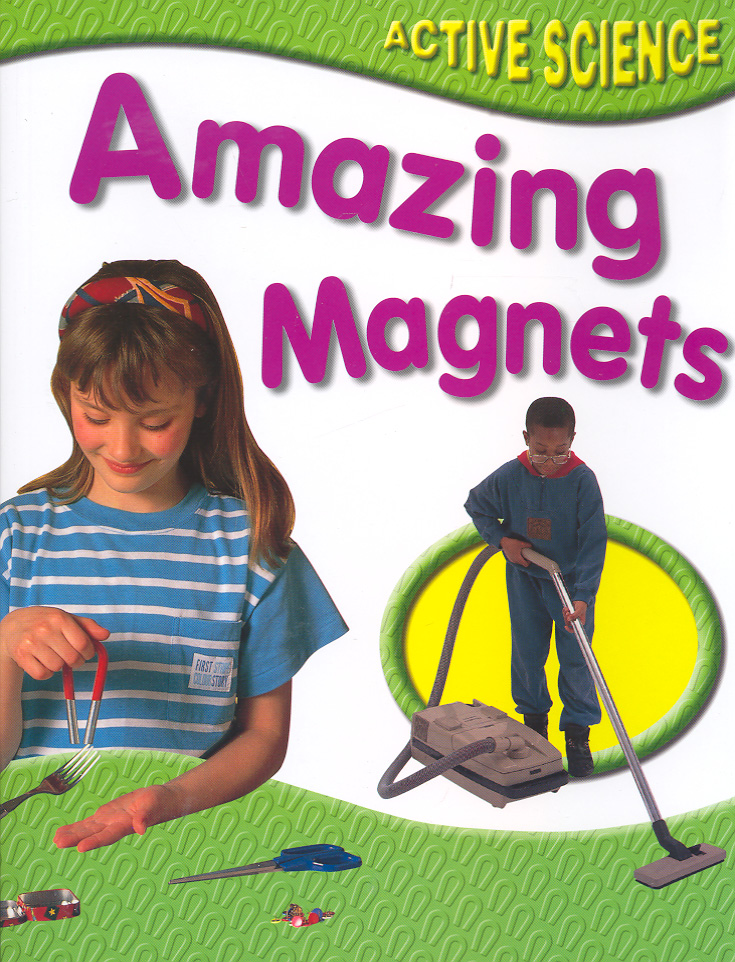Resources
This item is one of over 25,000 physical resources available from the Resources Collection. The Archive Collection covers over 50 years of curriculum development in the STEM subjects. The Contemporary Collection includes the latest publications from UK educational publishers.
Bring shared reading to life. 'Rigby star shared' (formerly known as 'Rigby red giant') brings you a fantastic collection of fiction and non-fiction big books to captivate your children during shared reading sessions. The carefully balanced words and pictures foster children's own creative writing skills and prompt...

'Amazing applications and perfect programs' explores operating systems, computer programs, sorting and storing files, databases, and the programs that allow users to have fun with words, pictures and...

Discover the amazing array of jobs within the field of engineering that you never knew existed. From the structural engineers who design the concrete and steel structures that keep skyscrapers and...

Dig deep and explore the incredible plant life cycle story. From tiny seeds to small shoots, long branches and mighty tree trunks, explore the life cycle of plants and find out what plants need to...

'Amazing Magnets' features easy-to-follow experiments for testing magnets and magnetic fields.

This book of 80 mathematics puzzles with cartoons seeks to prove that numbers can be entertaining as well as educational.

Discover the amazing array of jobs within the field of maths that you never knew existed! From the cryptologists who use their coding skills to break secret codes for governments and the military,...
Amazing Me
This resource contains six activities that link to animals, including humans and cover aspects of working scientifically. These include:
-
observing changes over time using past and current photographs of themselves
-
looking for patterns between hand and foot size within their class...

